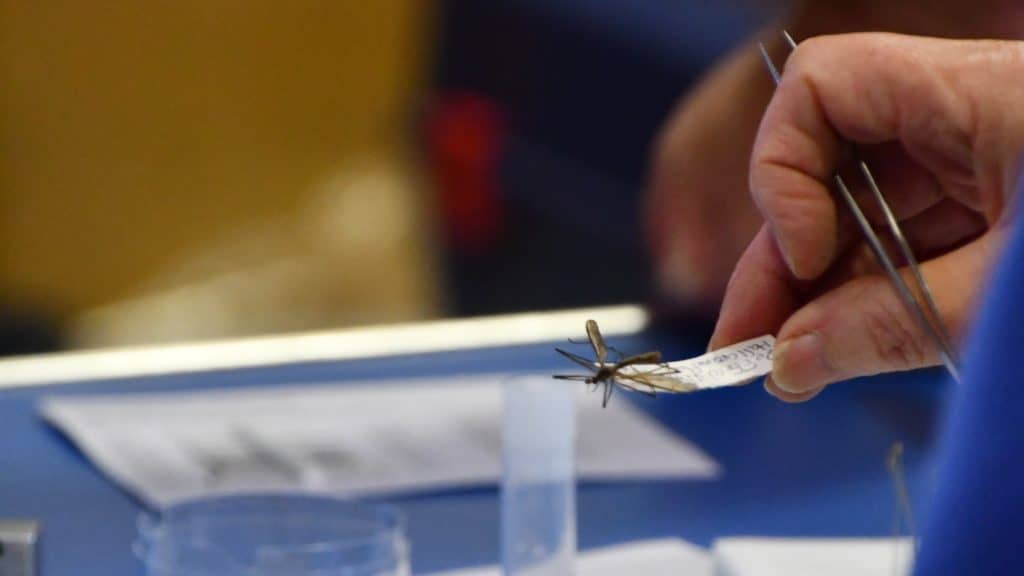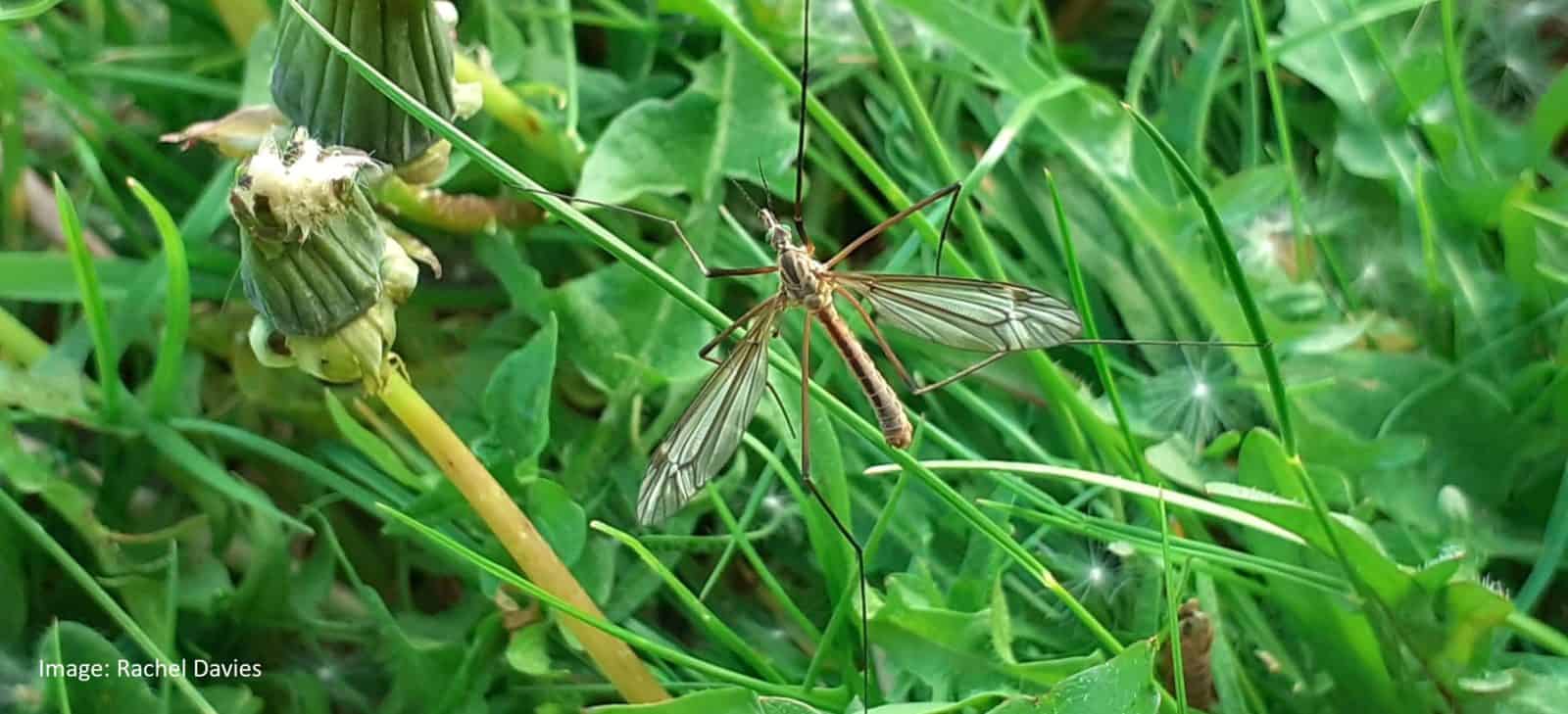A blog from Rachel Davies (BioLinks West Midlands Project Officer) in collaboration with the Cranefly Recording Scheme.
This year, BioLinks have teamed up with the Cranefly Recording Scheme to help out one particular group of invertebrates. Our newly developed initiative aims to increase cranefly records in the UK and learn more about the species that are attracted to light.
What Are Craneflies?
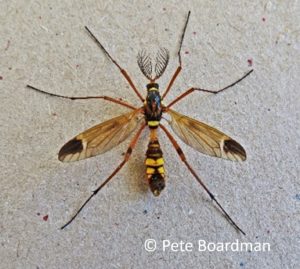
Craneflies belong to the order Diptera, meaning they are one of the ‘true flies’ and possess one pair of wings and a set of halteres. They typically have a long body, long wings, very long legs and long, thread-like antennae. There are around 350 species of craneflies in the UK, and although many of us can probably picture a cranefly, we are most likely thinking of one of the larger ‘long-palped’ craneflies from the family Tipulidae (made up of approximately 87 species in the UK). However, there are many smaller species that may not necessarily make you jump straight to cranefly at first glance. These are typically the smaller ‘short-palped’ craneflies from the family Limoniidae, with approximately 227 species in the UK.
Though a number of craneflies are fairly distinctive and relatively easy to identify, some species are more difficult to identify. Often, a specimen will need to be examined to gain a positive identification.
The Craneflies To Light Project
Through BioLinks courses and events, it’s great to meet other entomologists and discuss recent sightings, news and knowledge share. From these discussions, ideas can be built upon, and this project is one that has developed from a conversation between Pete Boardman and Rachel Davies. Pete Boardman runs the Cranefly Recording scheme, and Rachel Davies is the West Midlands Project Officer – and they are both fantastic BioLinks tutors! After discussing cranefly surveying methods, it became apparent that this group of invertebrates may often be found in moth traps as bycatch – but the question remains: which species? And this is how the #CranefliesToLight project was born!
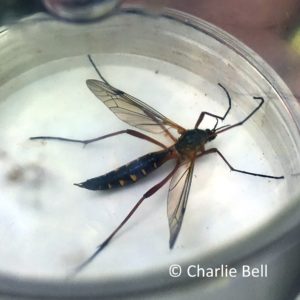
This project aims to examine which cranefly species are attracted to light by asking moth trappers to spend some time identifying and recording their cranefly bycatch. The project also offers an identification service, where people can post in their cranefly specimens to be identified by volunteers (and verified by Pete Boardman).
If you would like to get involved with the #CranefliesToLight project, you can find out more in the ‘Craneflies To Light Project Information’ document below, and then submit specimens following the instructions. A downloadable recording form is also below. Please make sure a recording form accompanies all specimens; otherwise, we cannot use the data. Please note that all specimens must be submitted before 31st December 2022.
The Cranefly Recording Scheme
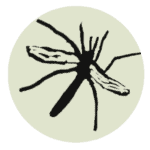
The Dipterists Forum is a group dedicated to the study of Diptera (true flies). There are many recording schemes within the forum, one of which is the Cranefly Recording Scheme. The Recording Scheme was formed in 1973 by Alan Stubbs, and it collects records of all UK cranefly species. The families found in the UK are: Cylindrotomidae (damsel craneflies), Pediciidae (hairy-eyed craneflies), Tipulidae (long-palped craneflies), and Limoniidae (short-palped craneflies). The Cranefly Recording Scheme also records two further families: Ptychopteridae (fold-wing craneflies) and the Trichoceridae (winter gnats). With these records, the scheme has been able to produce distribution maps for UK species. It also aims to help provide information on craneflies and help with identifications.
They can be reached on Twitter (managed by Pete Boardman) or on Facebook (managed by Ryan Mitchell and Ian Andrews). Records can be submitted to the scheme through iRecord, or through direct contact with the scheme organisers. All of the specimens sent in through the #CranefliesToLight project will be identified with the help of Pete Boardman, and species records will be submitted to the Recording Scheme through iRecord.
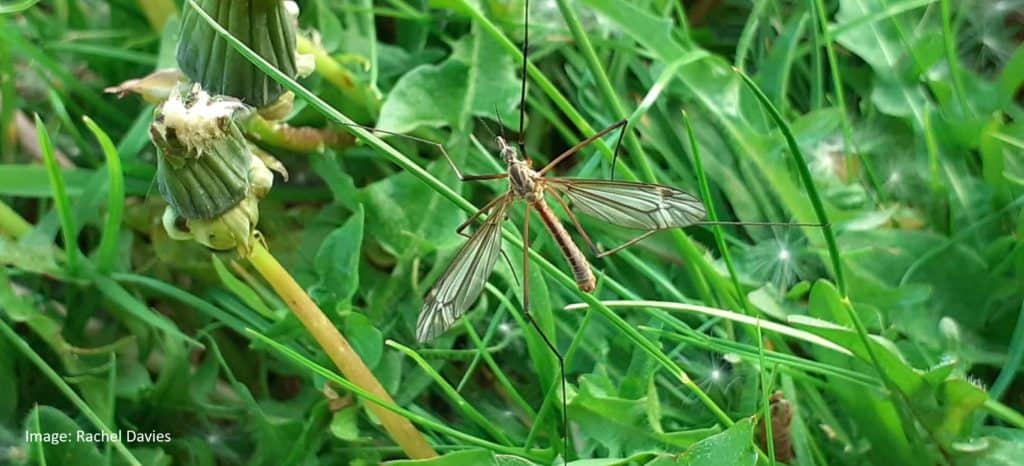
Identification Resources
If you would like to participate in the #CranefliesToLight project and attempt some cranefly identification at home, some useful resources can be found on the Cranefly Recording Scheme web page.
BioLinks is running a volunteer identification day in the West Midlands on the 27th of October.
Craneflies To Light Resources
Here are the quick links to the project information and the recording form that needs to be completed and sent with any cranefly specimens.
If you have any questions regarding the Craneflies to Light project, please email [email protected]
